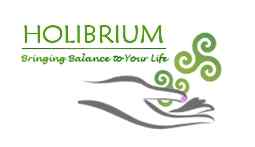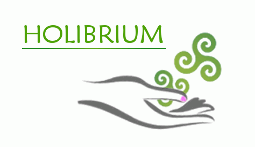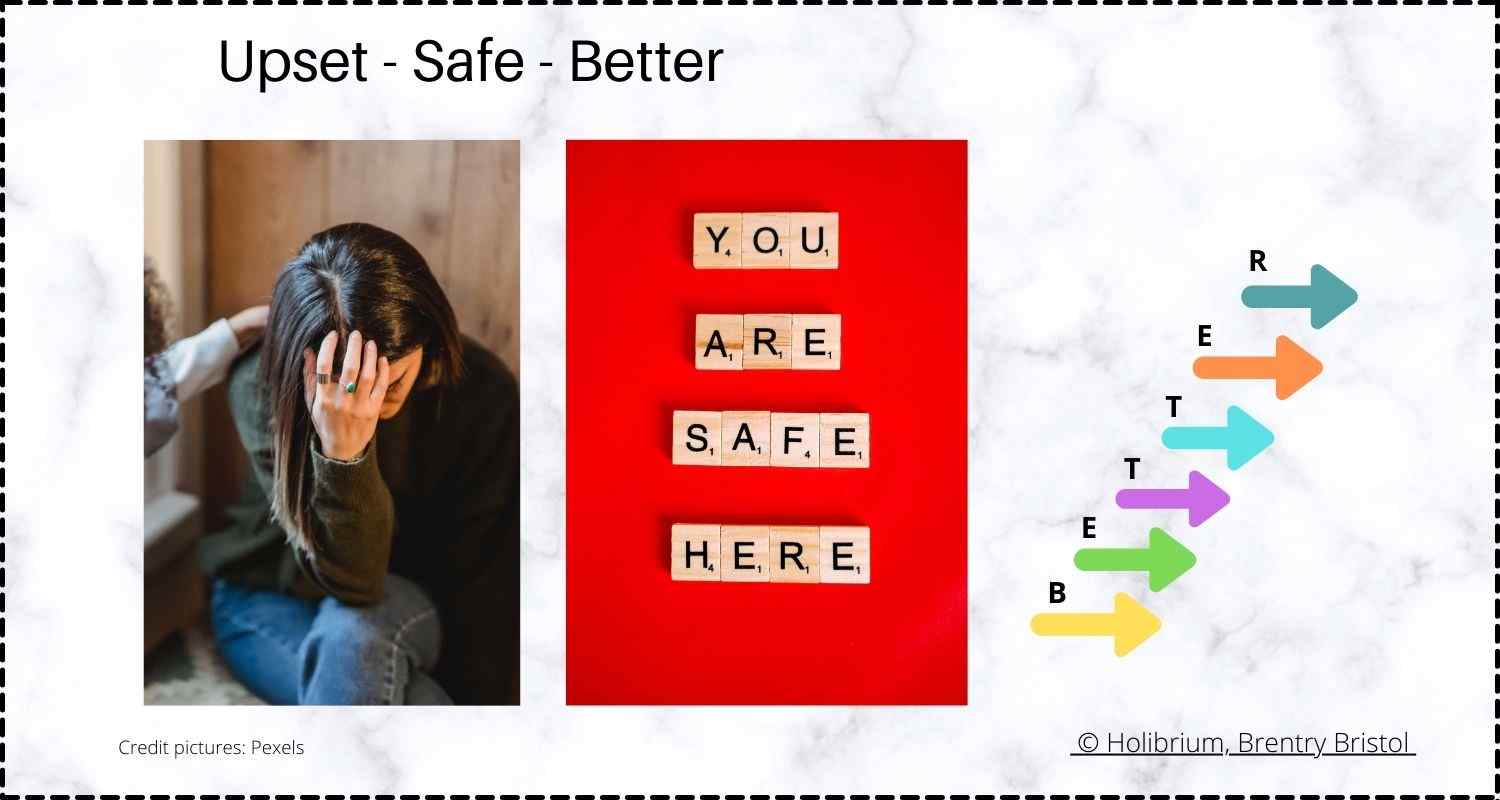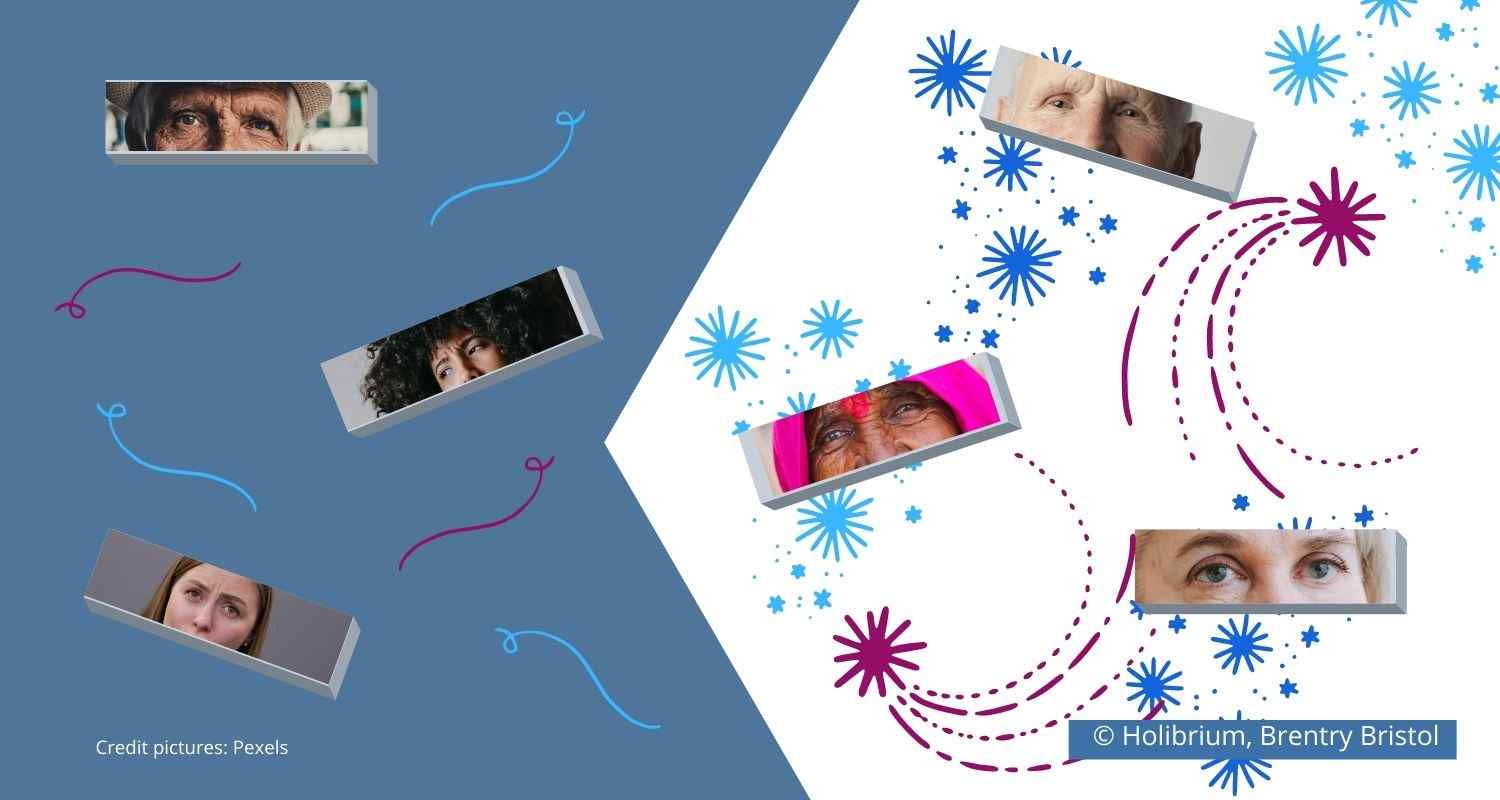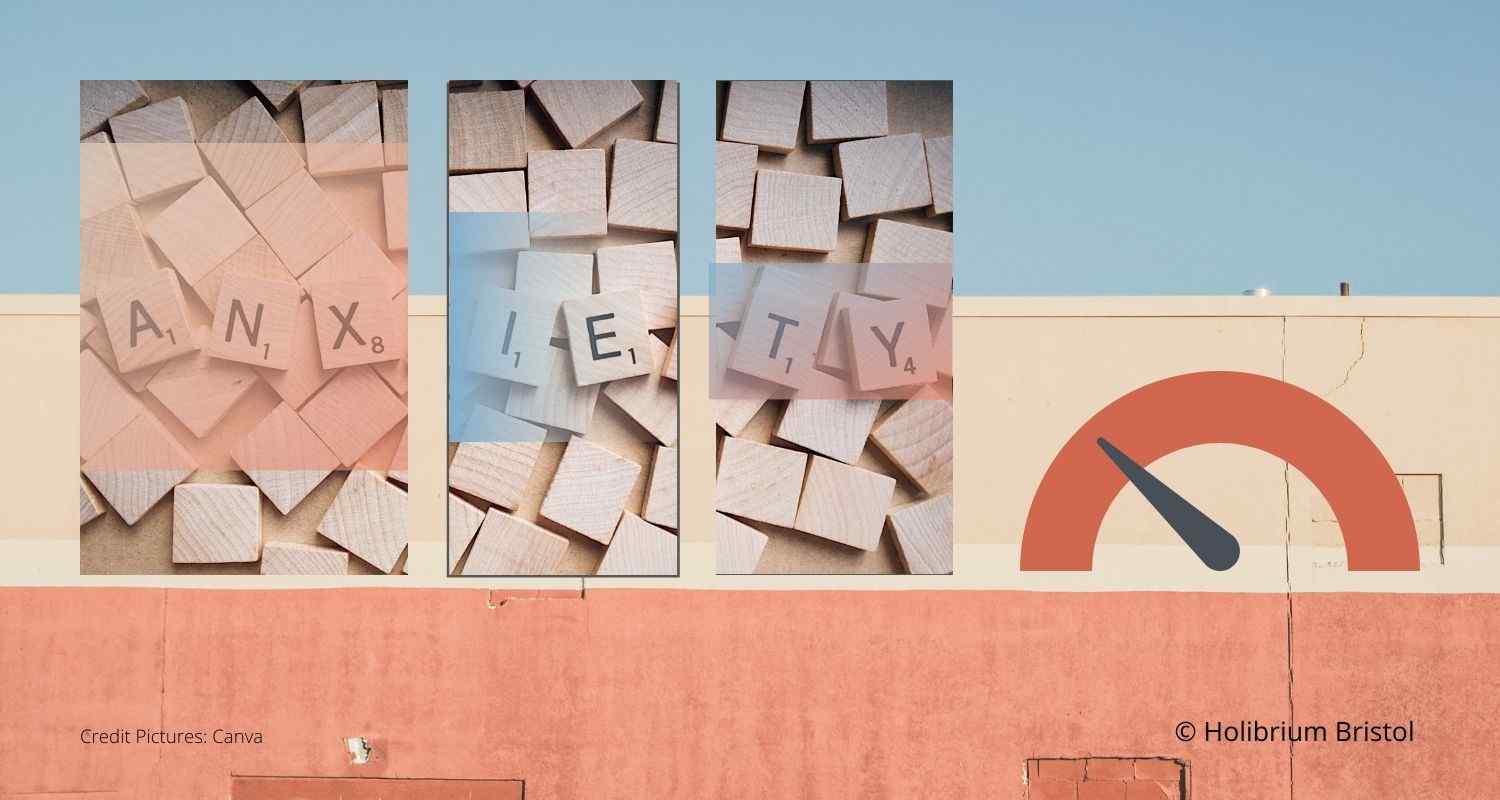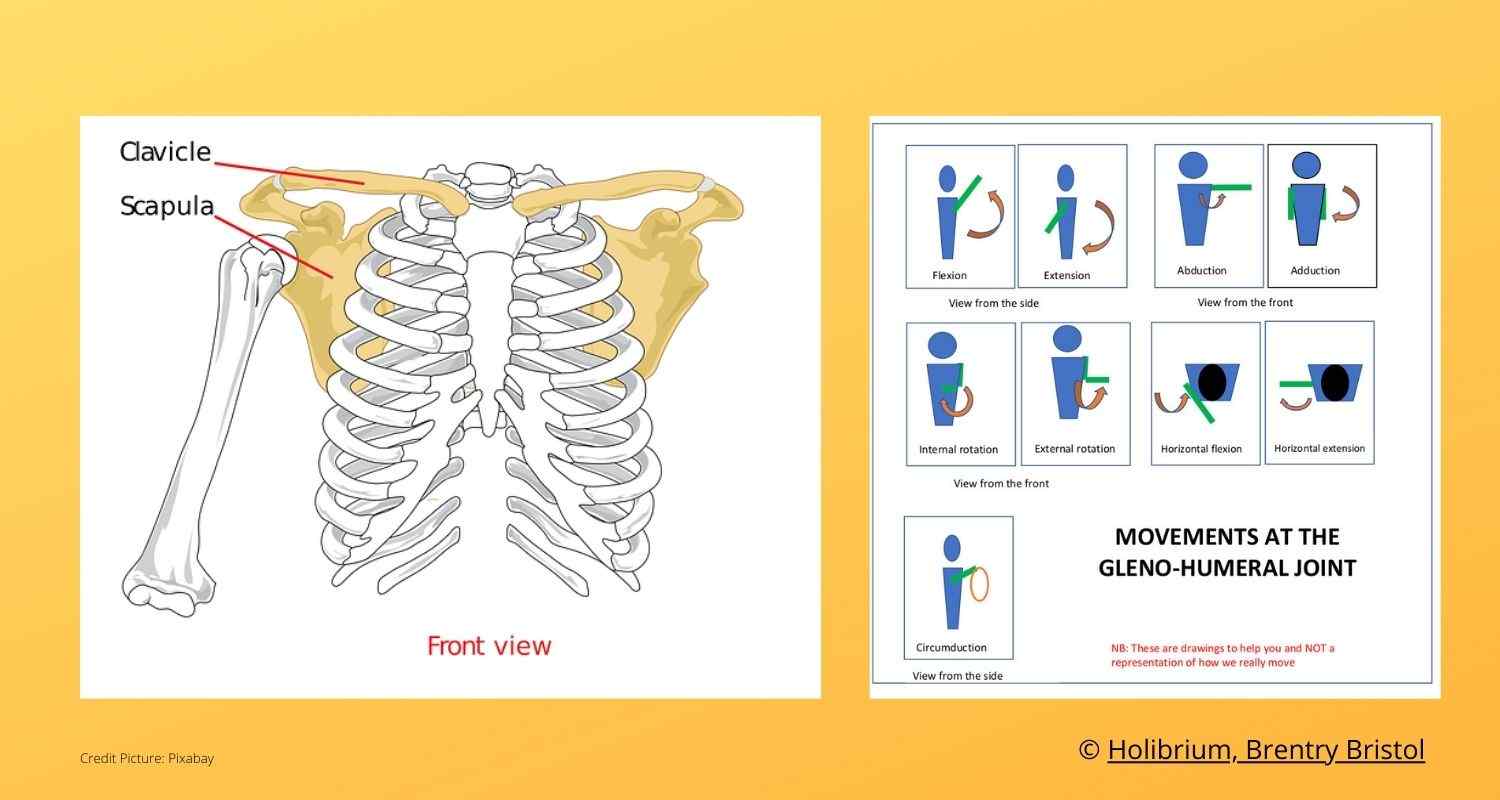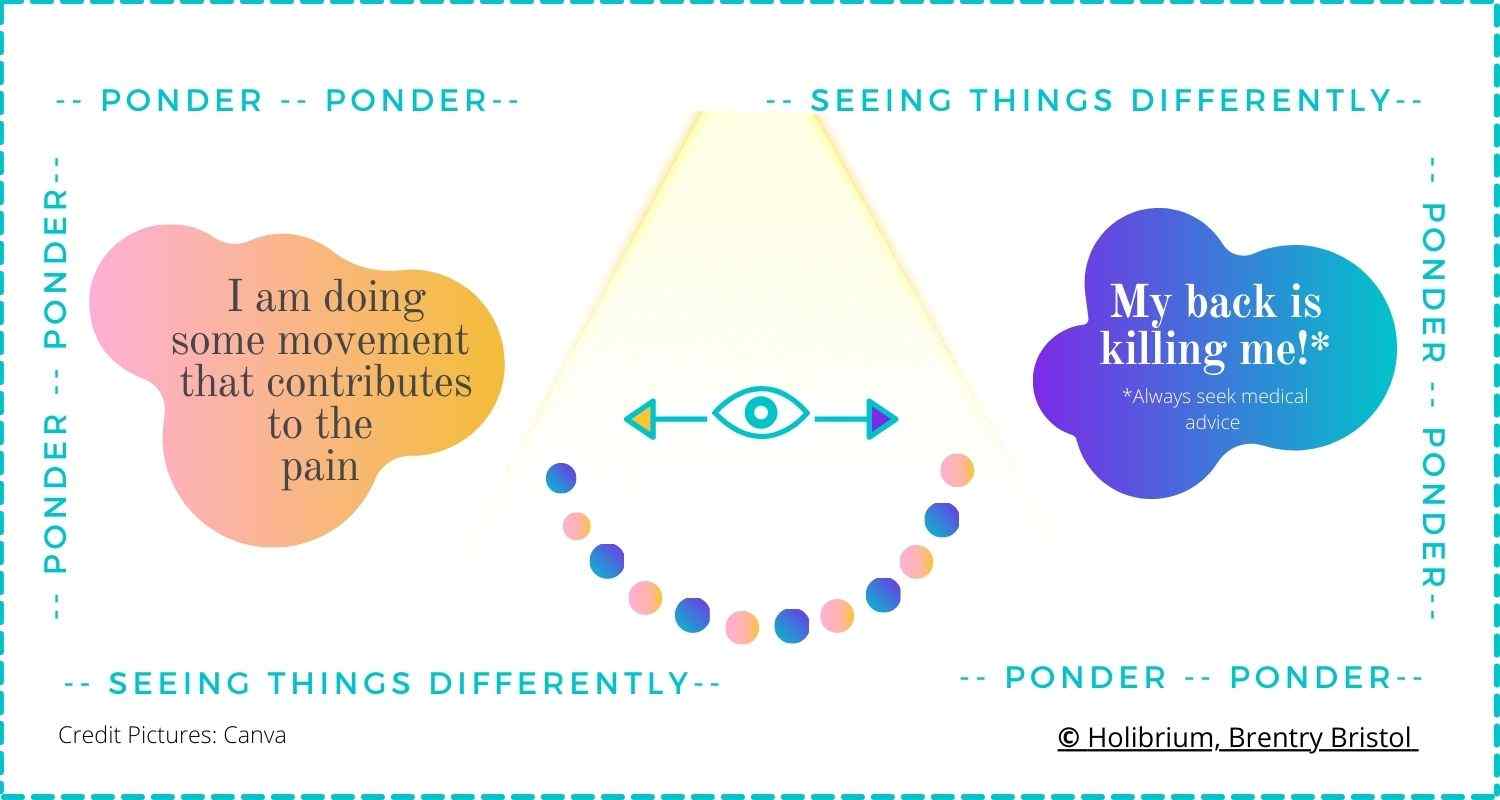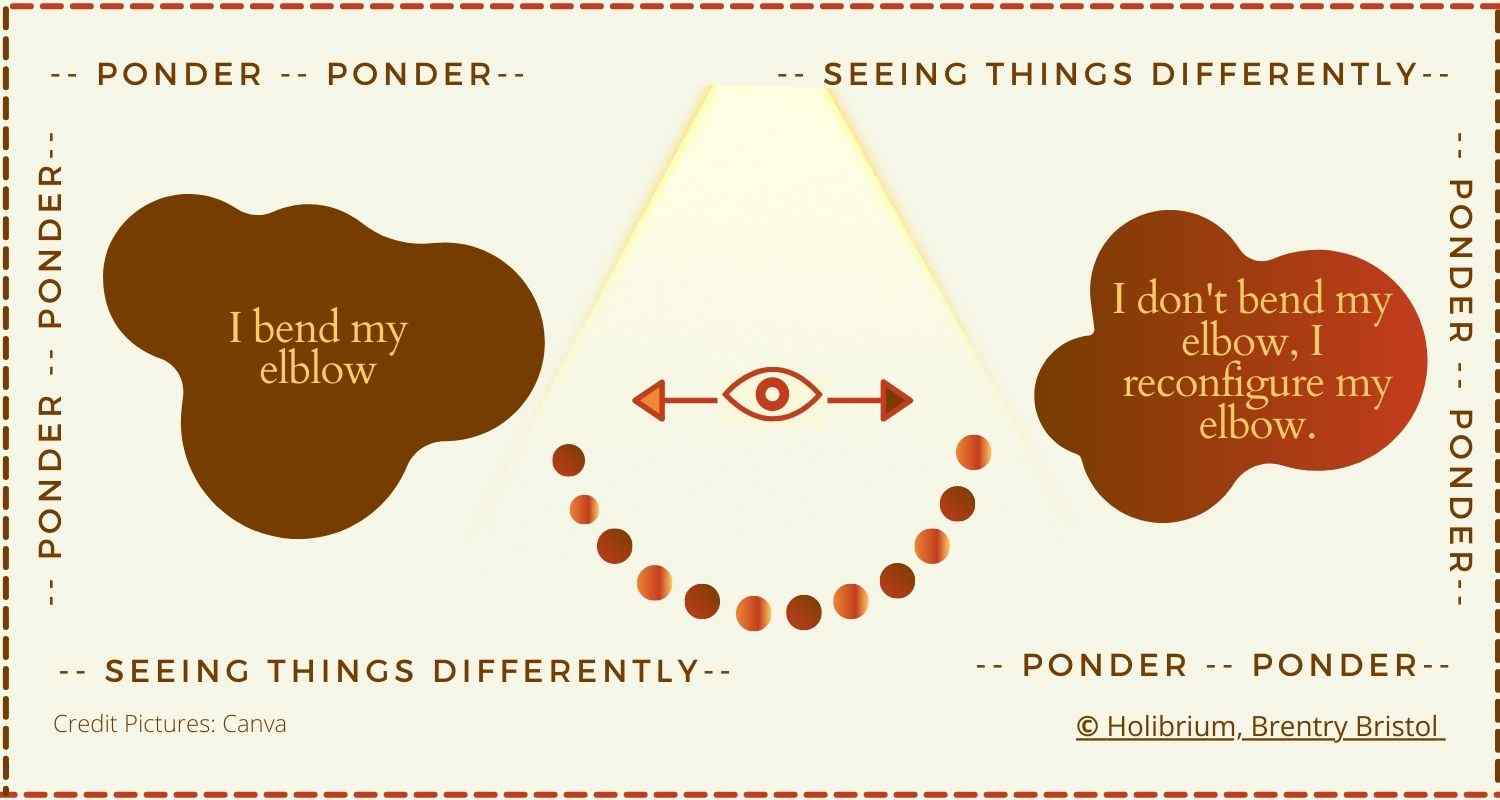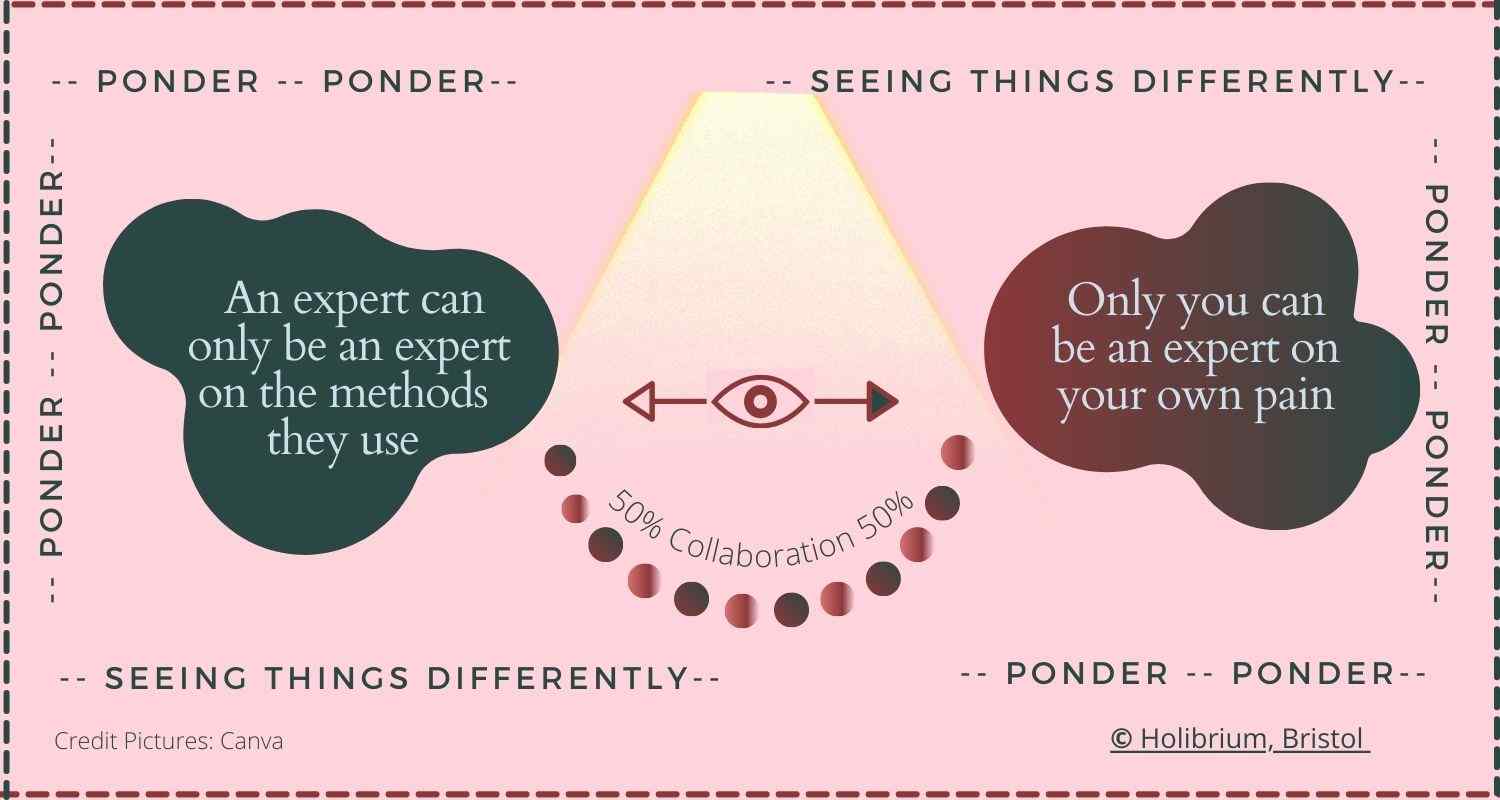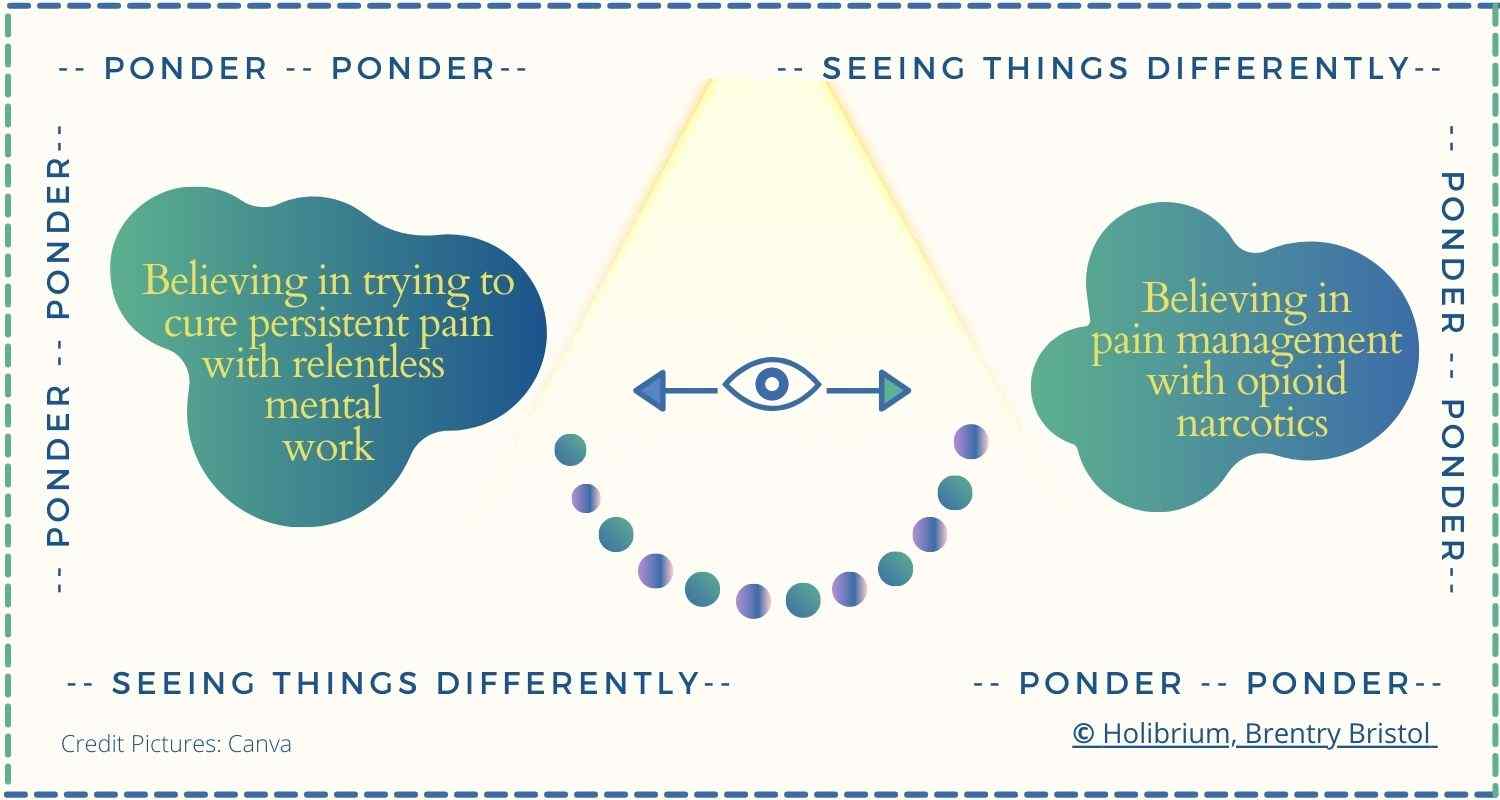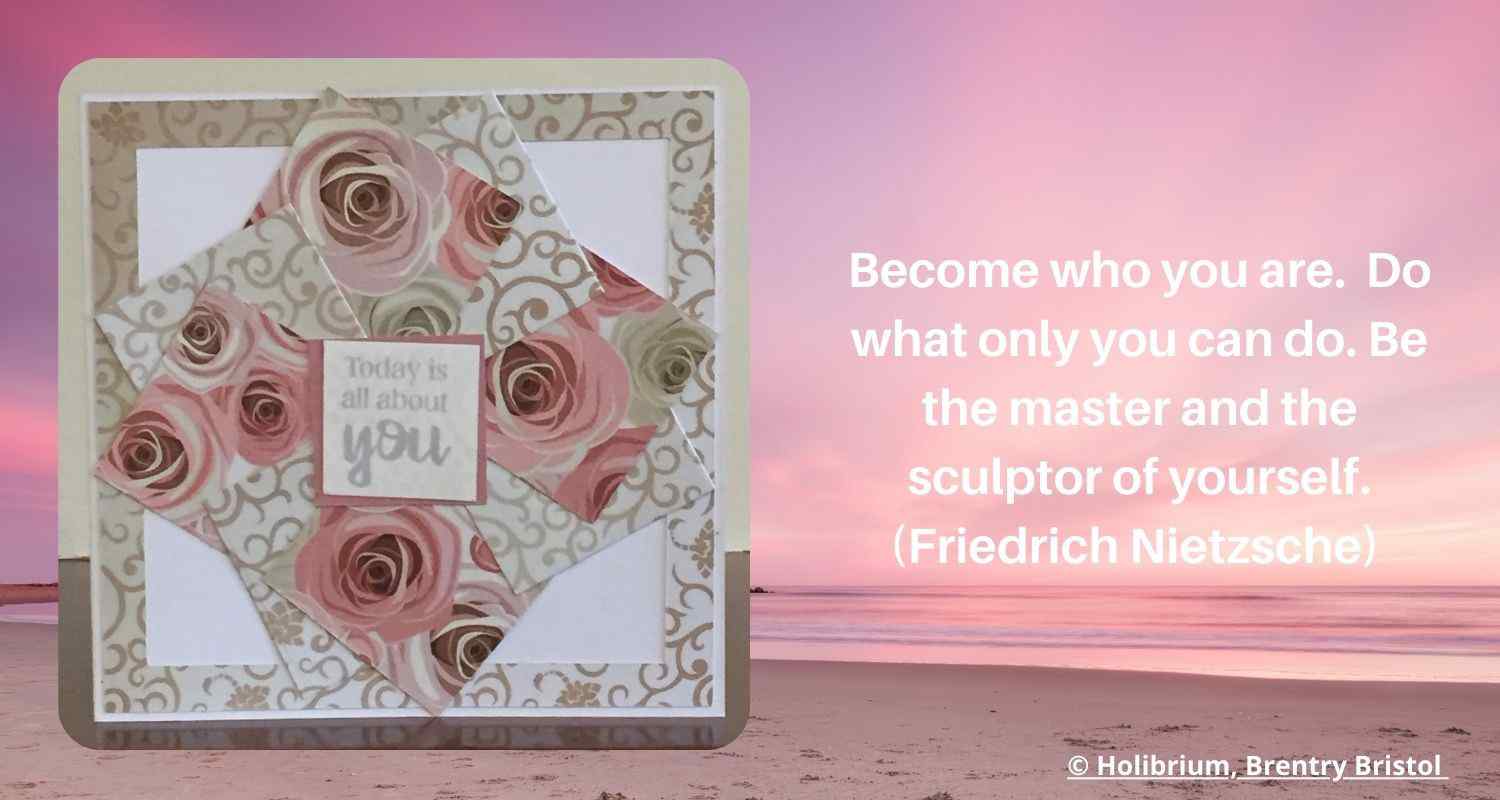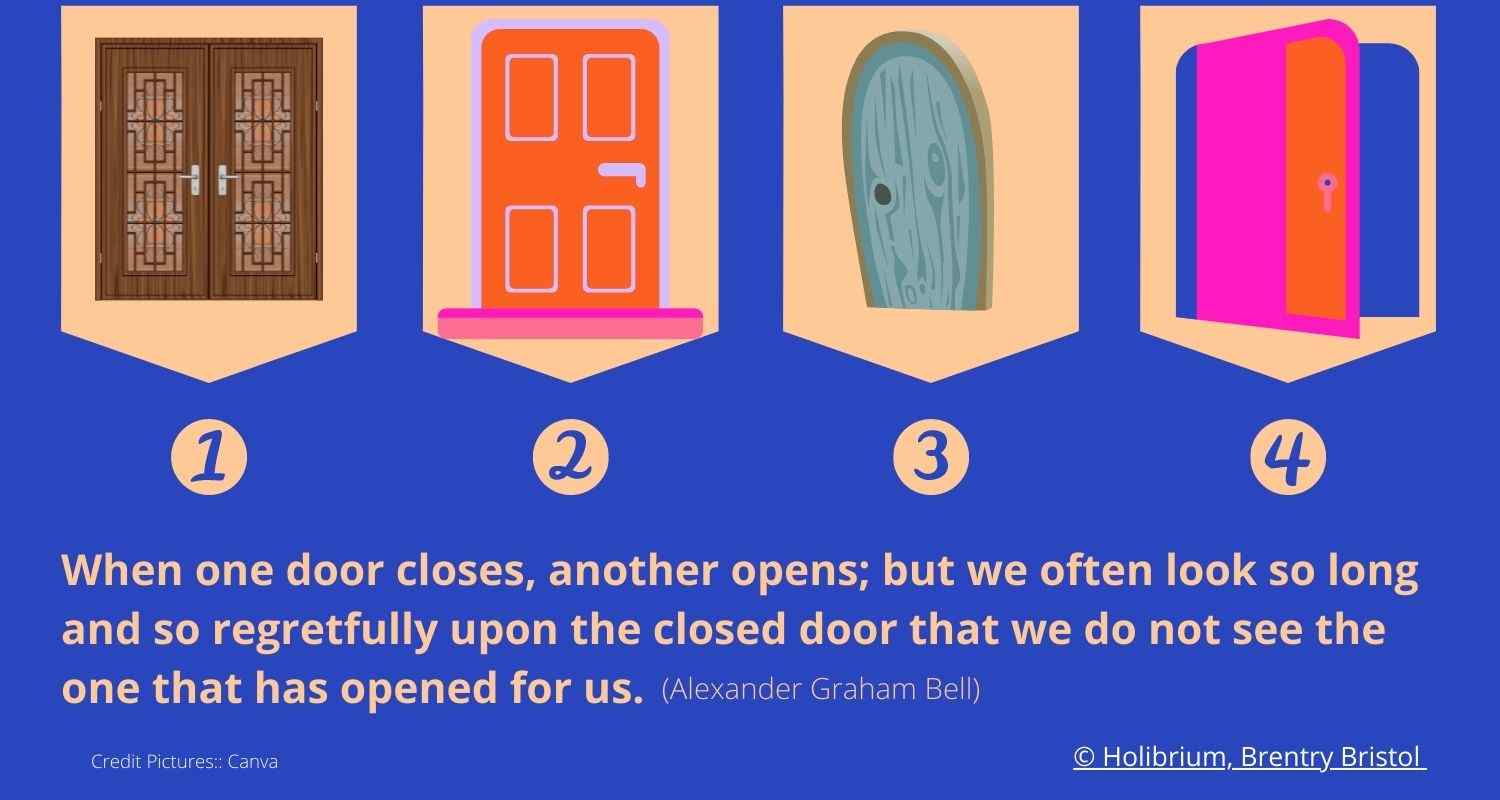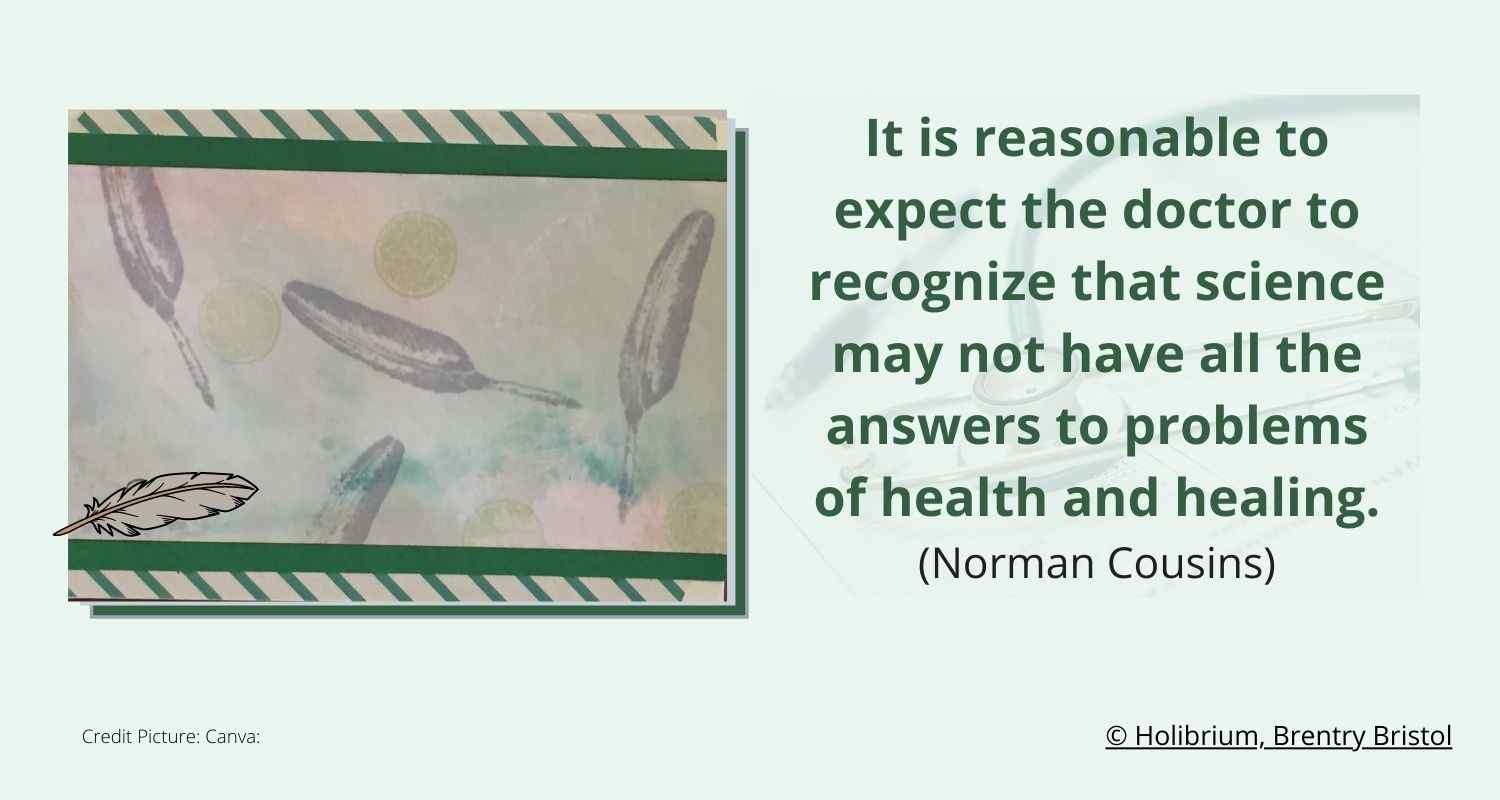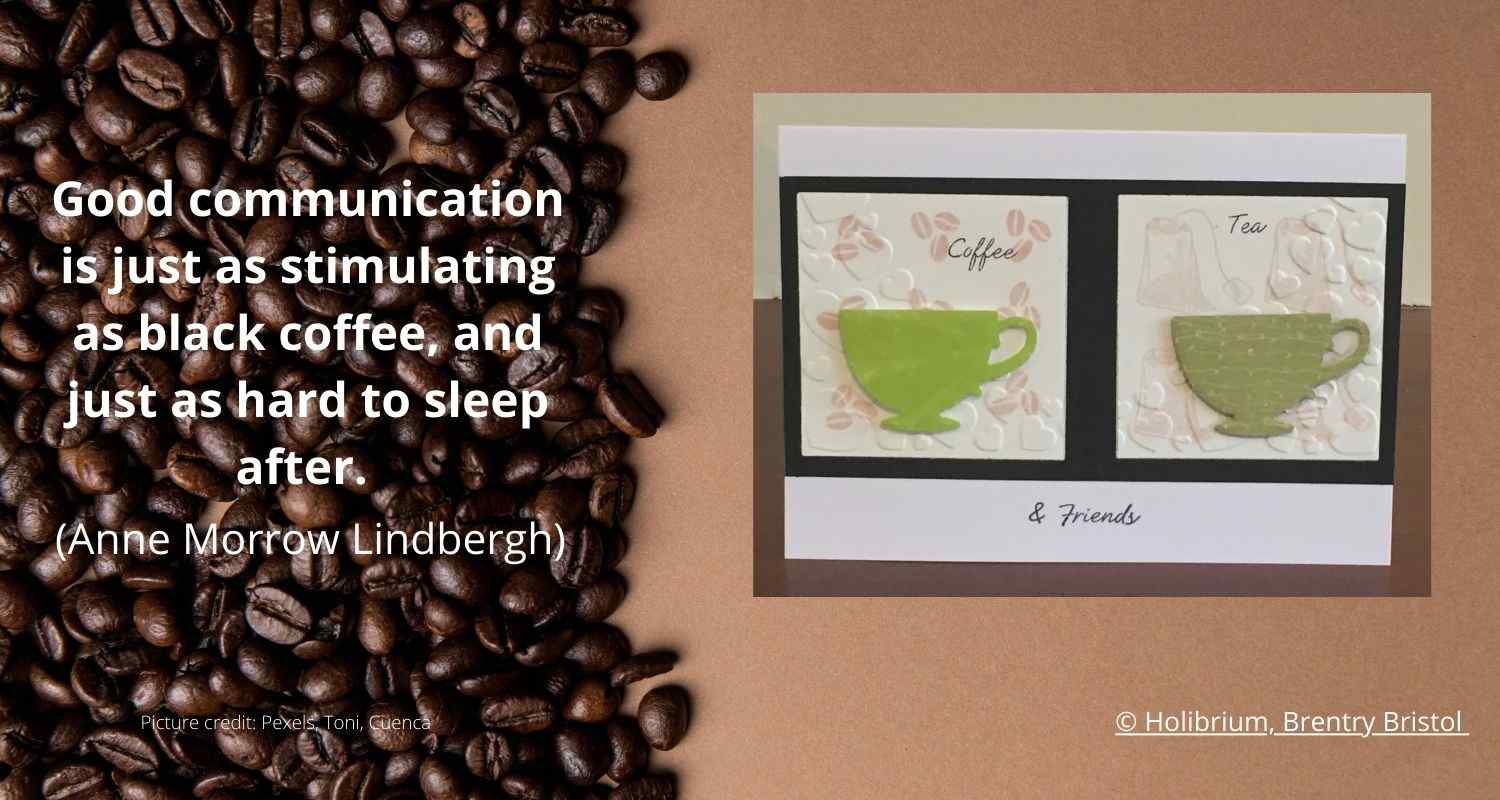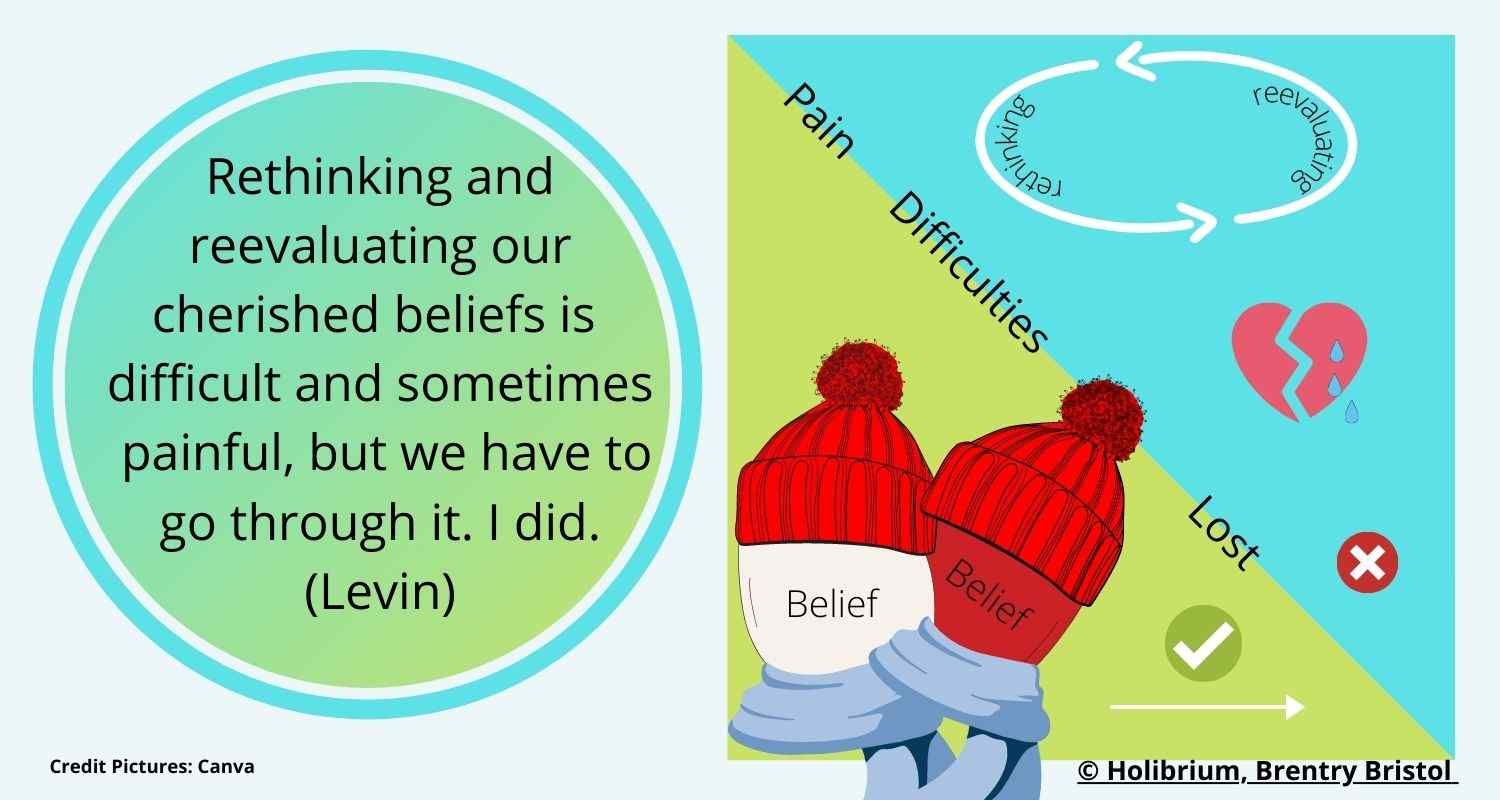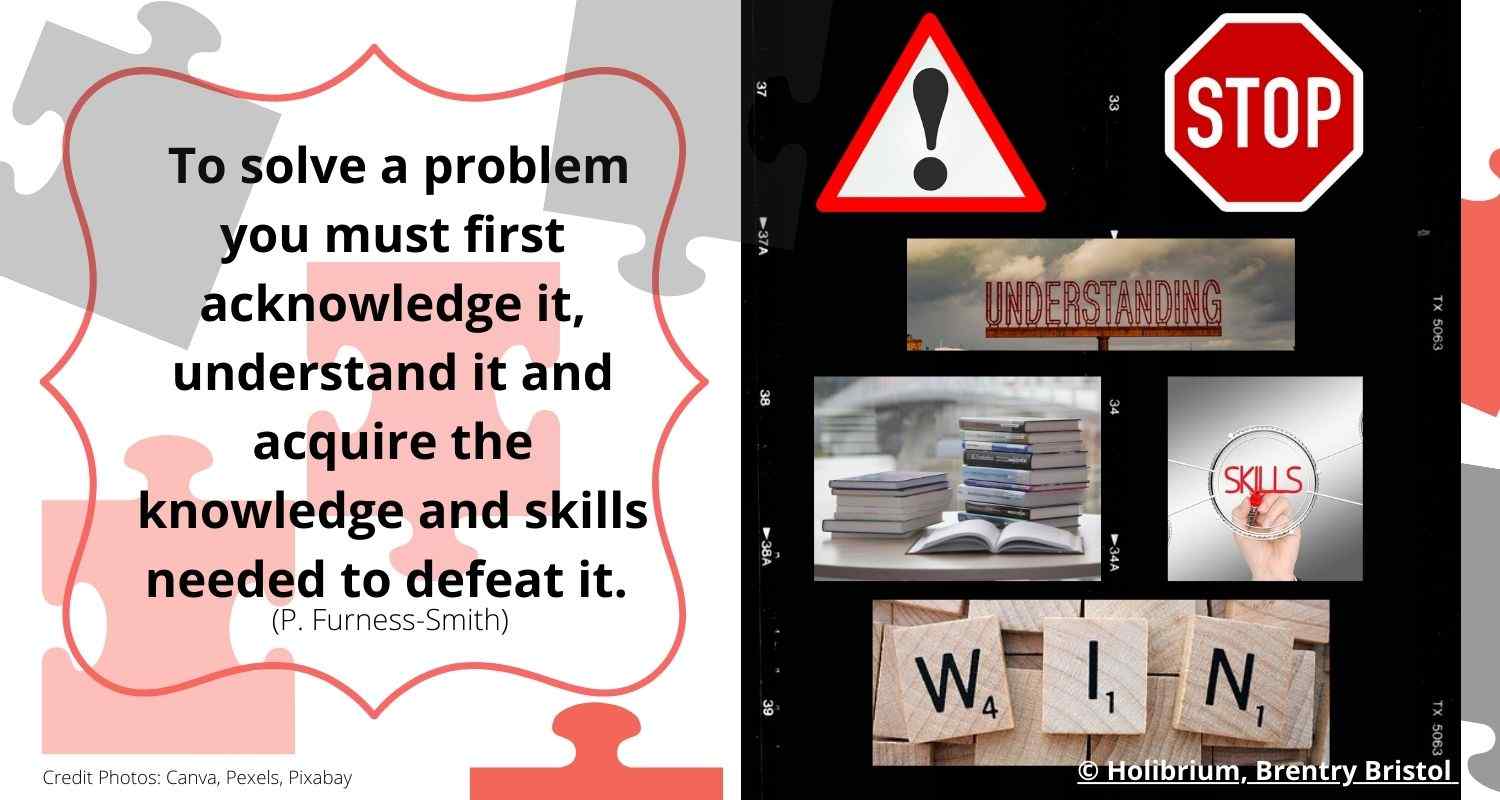So why have an Alexander Technique session?
Wellbeing improver of 70+ would like to know if we could do anything about a little problem she had in her right shoulder. She experiences pain when bringing her arm in front of her at the gleno-humeral joint (what is often called the shoulder joint). She also feels sometimes like a pulling in her joint. She has no injury.
Performance of the activity
We started the session with Wellbeing Improver showing me how she performs her activity. I noticed some movement behaviour in the head∕neck relationship and in the right shoulder down to the hand.
We are looking for improvement
During an Alexander Technique session, we are looking for an improvement and for the movement in the activity to be reasoned out so that the Improver performs it more easily. It may be that the problem brought to the session is resolved; it might not have to be the case though. Applying a process that brings about a gradual improvement because we reasoned out how to move is what we are after.
Not trying to get it ‛right’
An important point to remember is that during a session, we are always working with the body. There is not a goal to achieve, and we stay at all times within comfort. At some point, when Improver was performing her activity, I noticed she winced. It turned out she wanted to get the movement ‛right’ (Man's Supreme Inheritance, p. 81). This led us to discuss ‛right’ and ‛right’. The first one is judgemental; the 2nd one has the meaning of ‟the most effective way”. In sessions, we work with the latter meaning as it is not such a burden.
With this reminder in mind, Improver carried her movement again, following a process: it was good, smooth and “it just happened”!
From the general to the specific
We started by working on a general level with the head∕neck relationship as FM Alexander said that what we do with that relationship either helps us to move or gets in the way of our movement. This general work solved some of Improver’s issues.
Some more specific work with the arm and more verbal interactions brought about changes that allowed Improver to perform a different movement while bringing her arm forward.
We talked about some ideas such as the different joints in the arms; where does the arm connect with the body. These ideas brought about a different understanding. This new understanding translated into new ideas. And these new ideas brought about a different movement together with some release in the upper thoracic area.
Improver brought her arm in front of her at shoulder level one more time, she mentioned her ‟movement felt different, was different, was simpler and neater”.
An improvement and a success to take and use beyond the session
Improver, through our interactions and work together, put in place a process which brought about a new movement pain free, easier and simpler. This was a success, and she found this new movement ‟fascinating”.
Improver is supporting her own wellbeing.
She can now transfer this knowledge to other everyday life movements: reaching into a cupboard, reaching for a book, putting her palms against a wall, exercising, etc.
